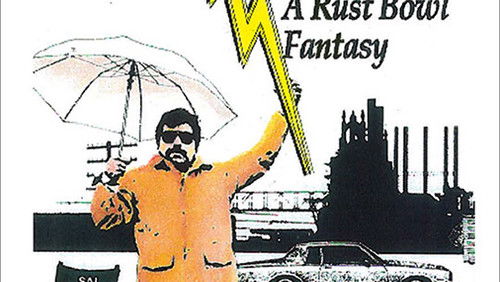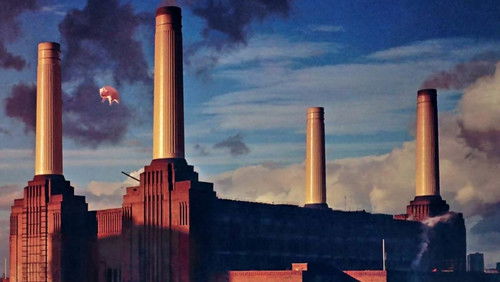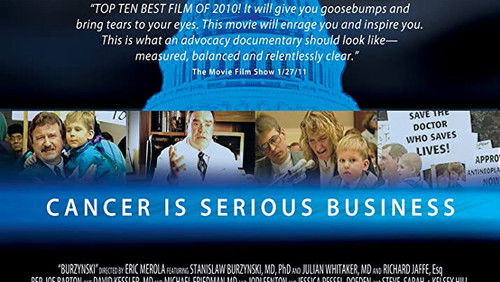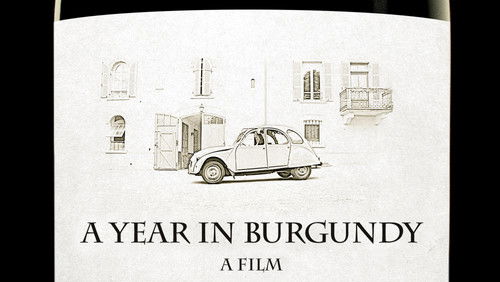Hitchcock/Truffaut (2015)
37KHitchcock/Truffaut: Directed by Kent Jones. With Bob Balaban, Wes Anderson, Olivier Assayas, Peter Bogdanovich. Filmmakers discuss how Francois Truffaut’s 1966 book “Cinema According to Hitchcock” influenced their work.
“HITCHCOCK/TRUFFAUT (2015) offers a documentary treatment of the relationship between the veteran English-born Hollywood director Alfred Hitchcock and the much younger French filmmaker Francois Truffaut and the ambitious series of interviews conducted by Truffaut in 1962 at the Beverly Hills Hotel that resulted in Truffautu0026#39;s pioneering book, u0026quot;Hitchcock/Truffaut.u0026quot; (Truffaut asked questions in French, with Helen Scott supplying the translation.) We hear a number of excerpts from the audio recordings of the interviews, usually accompanied by clips from the Hitchcock films under discussion. To supplement all this, director Kent Jones has added archival footage of both Hitchcock and Truffaut and photos of them at work, as well as other archival interviews, including one with Truffaut where he talks about these interviews. In addition, we get new interviews with a number of other Hollywood directors, some of whom were Young Turks when Hitchcock was in the final stages of his career, e.g. Martin Scorsese, Peter Bogdanovich and Paul Schrader, who are all now older than Hitchcock was at the time of the interviews, and some of whom are flourishing today, e.g. David Fincher, Richard Linklater, James Gray and Wes Anderson. There is a lot of rich material here that should engage film students, Hitchcock fans, and film buffs in general.u003cbr/u003eu003cbr/u003eIn many ways, the film plays like excerpts from a master class on Hitchcocku0026#39;s career. Often we hear Hitchcocku0026#39;s voice describing how he approached a particular scene as the film shows us the scene heu0026#39;s talking about. For instance, we see the overhead long shot from THE BIRDS showing the burning of the gas station and the spreading of the fire to the rest of the town while Hitchcock explains his decision to shoot it that way. He describes the trouble he had convincing Montgomery Clift to look up from the crowd in a scene in I CONFESS in order to justify a cut to something happening above the crowd. We see the famous shower murder in PSYCHO while he is heard describing in detail his approach to composing the scene. Some of the interviewees devote this kind of attention as well, as when Scorsese describes the components of the scene in THE WRONG MAN when the wrongfully accused Henry Fonda first adjusts to his prison cell and we see the scene unfold. The most screen time is devoted to VERTIGO and PSYCHO. Not only do we get Hitchcocku0026#39;s revelations about his working methods and aesthetic decisions on these films, but we get expert commentators such as Scorsese, Bogdanovich, Fincher and Gray.u003cbr/u003eu003cbr/u003eOf the interviewees, the most screen time is given to Scorsese (Jonesu0026#39;s mentor) and Fincher, but they all offer significant insights and clearly speak not only from respect and admiration, but a great love for Hitchcock. We also hear from three foreign filmmakers, the French directors Olivier Assayas and Arnaud Desplechin, and, from Japan, Kiyoshi Kurosawa. They speak in their own languages, with English subtitles.u003cbr/u003eu003cbr/u003eHaving said all this, I am troubled by certain omissions and questions I had that were never answered in the film. For one thing, we are never told whether Hitchcock knew any French at all. He appears to understand Truffautu0026#39;s questions at times in the audio recordings and answers in English without waiting for a translation. Numerous letters that he wrote to Truffaut are shown and two of them, including the very first one, are in French. Did he write it in French or did he have someone translate it? I needed this spelled out. Which also begs the question of why thereu0026#39;s no discussion of Helen Scott and what her background was and why she undertook this task. Truffaut refers to her in a filmed interview as u0026quot;my collaborator,u0026quot; but thatu0026#39;s the only mention she gets in the entire film.u003cbr/u003eu003cbr/u003eAlso, Peter Bogdanovich had a friendship with Hitchcock beginning back then and even interviewed the master himself around the same time. Why was this parallel relationship not mentioned? Bogdanovich is in the film and probably talked about it, but only a hint of it remains in his brief clips. And speaking of young directors who worshiped Hitchcock, why is there no discussion of Hitchcocku0026#39;s influence on these filmmakers? Truffaut himself was influenced by Hitchcock (see THE SOFT SKIN and THE BRIDE WORE BLACK), but this is not explored in any detail. Paul Schrader is interviewed and he even wrote the screenplay for Brian De Palmau0026#39;s OBSESSION (1976), a film that owes a great deal to VERTIGO, yet thereu0026#39;s no mention of this film nor of De Palma himself, whose films were frequently cited for the debts they owed to Hitchcock. Scorseseu0026#39;s TAXI DRIVER (also 1976 and also written by Schrader) has more than a few Hitchcockian touches yet neither Scorsese nor Schrader bring it up. And both OBSESSION and TAXI DRIVER featured the very last scores by Hitchcocku0026#39;s frequent composer, Bernard Herrmann. Truffaut used Herrmann for two scores himself (THE BRIDE WORE BLACK and FAHRENHEIT 451).u003cbr/u003eu003cbr/u003eWhich brings up the filmu0026#39;s most egregious omission. Herrmann scored six of the films excerpted in this documentary, with music playing an especially prominent role in the clips from VERTIGO and PSYCHO, yet no one refers to the music or mentions Herrmann by name. I have to assume that his name came up in the interviews, so I wonder why no mention of him made the final cut.u003cbr/u003eu003cbr/u003eI was also bothered by the fact that film clips went unidentified. I can understand that they didnu0026#39;t want to disrupt the flow of the film by having text constantly pop up, but I canu0026#39;t be the only one who couldnu0026#39;t identify the various silent Hitchcock films excerpted. Also, while varying degrees of attention are paid to numerous Hitchcock films not mentioned in this review so far, e.g. SABOTAGE, SABOTEUR, NOTORIOUS, and MARNIE, I am curious as to why the following masterpieces receive little or no mention: REBECCA, SHADOW OF A DOUBT, STRANGERS ON A TRAIN, and REAR WINDOW.”









